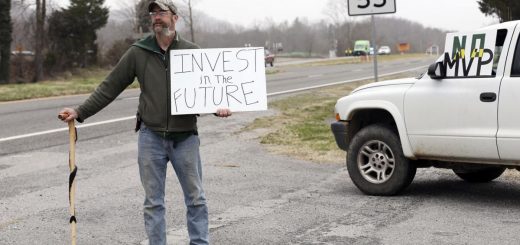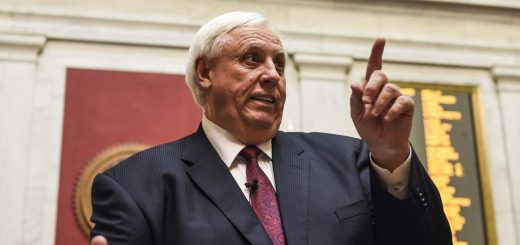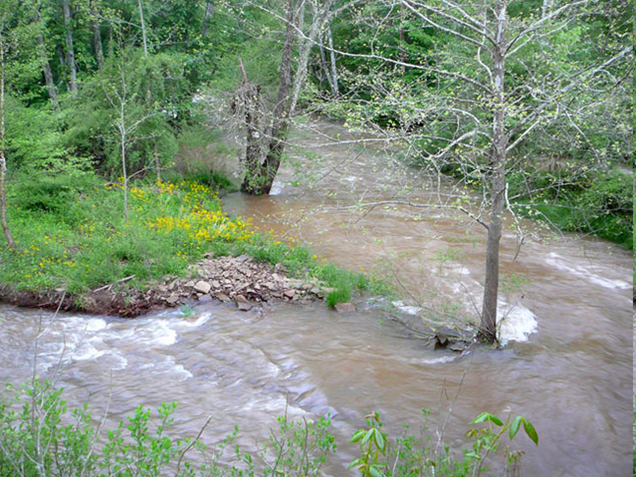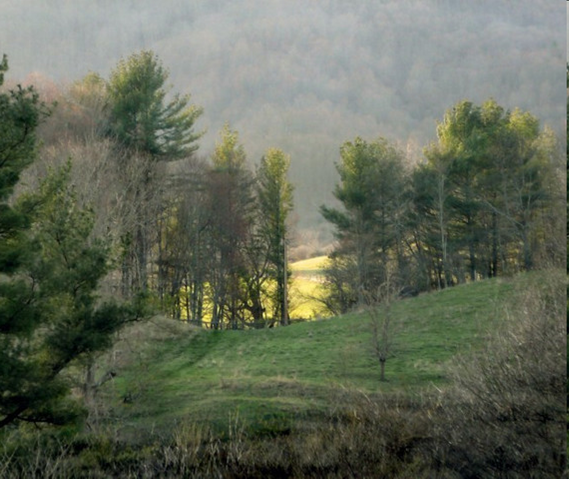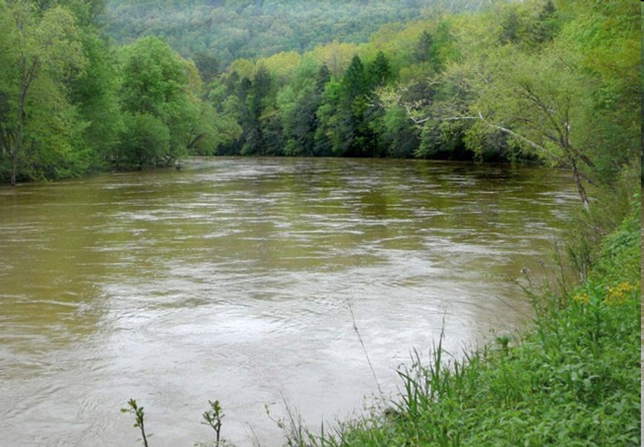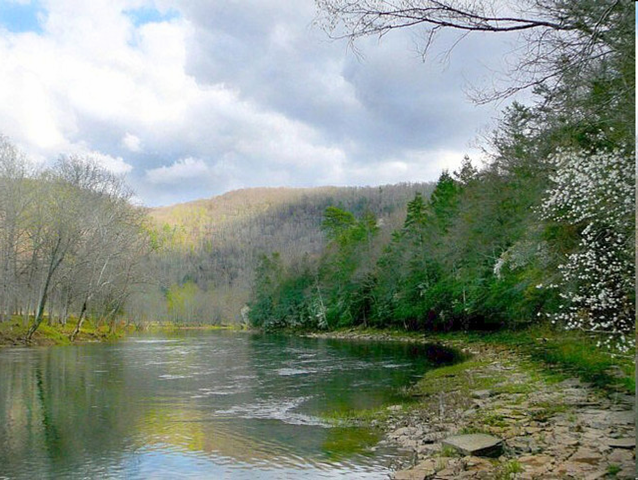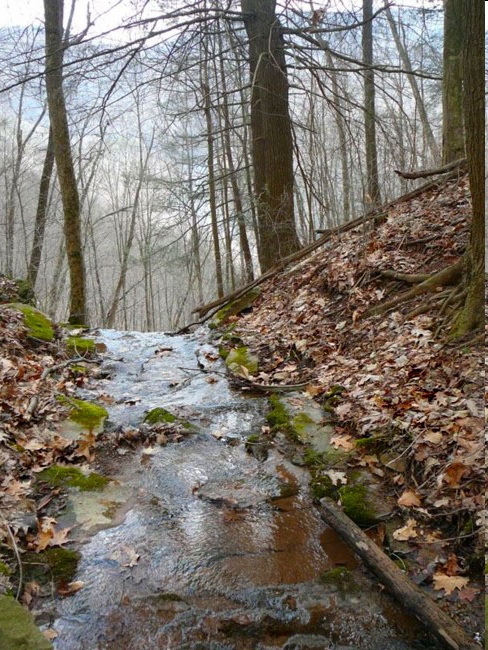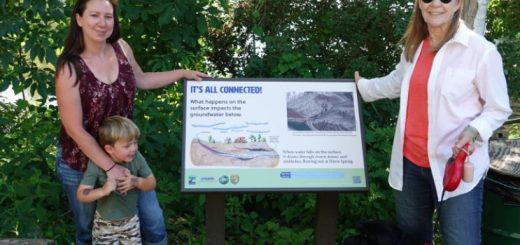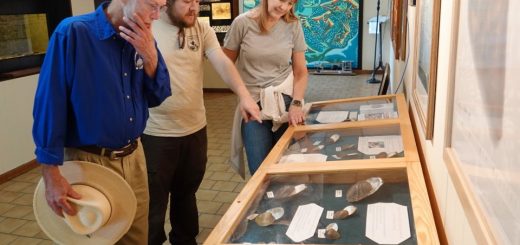FERC Issues Environmental Schedules for 12 LNG Terminal Applications
The staff of Federal Energy Regulatory Commission’s (FERC) Office of Energy Projects today issued environmental schedules for 12 liquefied natural gas (LNG) export terminal applications pending before the Commission. The schedules reflect FERC’s efforts in recent months to streamline its review process for LNG project applications. These efforts have helped to ensure that FERC will be equipped to process applications in a timely and expedient manner without compromising its statutory obligation to ensure safety and environmental protection.
“Thanks to the tremendous work of our Office of Energy Projects and Office of the General Counsel, the Commission has made significant strides in streamlining our regulatory processes to adapt to the increasing number, and greater complexity, of the LNG applications we have received. These process improvements have shortened projected environmental schedules in some cases by 9 to 12 months,” said FERC Chairman Kevin McIntyre. “There is widespread acknowledgement that the United States is poised to play an important role in serving worldwide LNG demand, and its ability to serve that demand quickly will serve the nation’s national security and economic interests. Because sufficient LNG export capacity is a necessary gateway to the global gas markets, the FERC’s efficient processing of LNG facility applications will put the US in a more competitive position.”
McIntyre added, “As FERC is the lead siting agency for LNG projects, our responsibility over LNG applications is to assess the environmental effects, safety, and engineering of LNG facilities in a timely manner in accordance with our statutory obligations. Our recent streamlining efforts will provide all LNG stakeholders additional regulatory certainty and help minimize undue administrative burdens.”
Among staff’s improvements, FERC has added several FERC LNG staff. In addition, FERC has taken several steps to save staff time to allow staff to focus on reviewing LNG applications, including:
- The recently signed agreement with the Pipeline and Hazardous Materials Safety Administration (PHMSA) to better leverage each agency’s expertise in the LNG authorization process and issues related to LNG safety;
- Hiring of an outside contractor to assist Commission staff in construction inspections; and
- Working with project applicants to hire third-party contractors to conduct analyses that involve non-proprietary information.
These LNG environmental schedules also benefit from a new Commission practice of moving to electronic issuances of environmental documents for FERC’s natural gas and hydropower programs. This new practice will save valuable resources, align FERC with the digital age, and continue to ensure that information is accessible to stakeholders.
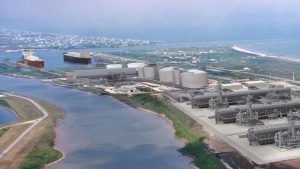
An aerial view shows Freeport LNG’s export terminal in Quintana, Texas, about 70 miles southwest of Houston.
The LNG projects affected by today’s issuances of regulatory schedules are: Freeport Train 4 (CP17-470), Port Arthur (CP17-20), Driftwood LNG (CP17-117), Corpus Christi (CP18-512), Texas LNG (CP16-116), Gulf LNG (CP15-521), Rio Grande LNG (CP16-454), Jacksonville Eagle (CP17-41), Annova LNG (CP16-480), Plaquemines (CP17-66), Jordan Cove (CP17-495), and Alaska LNG (CP17-178).
For more information on the Federal Energy Regulatory Commission (FERC) please visit their website
For more information and slide show on terminals in questions please visit HERE

